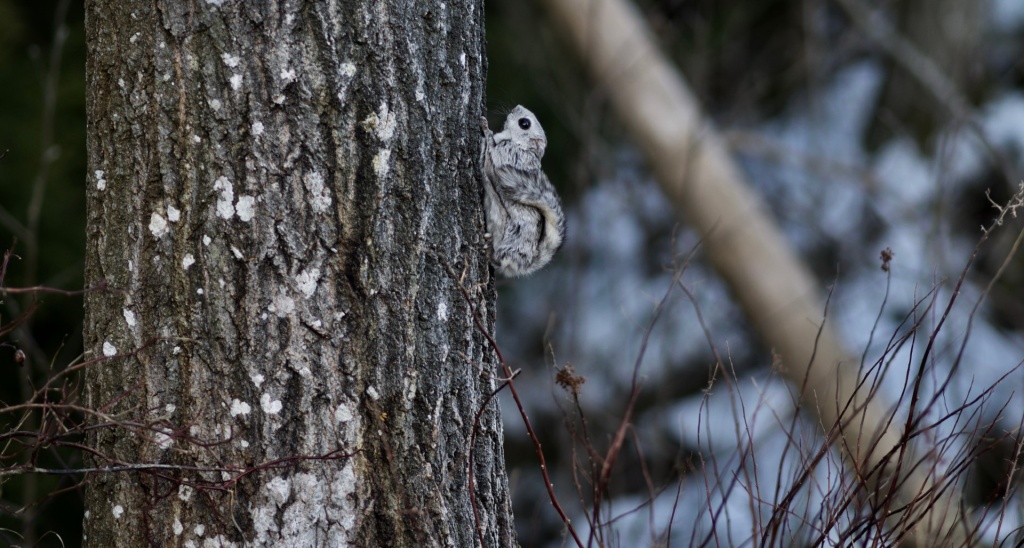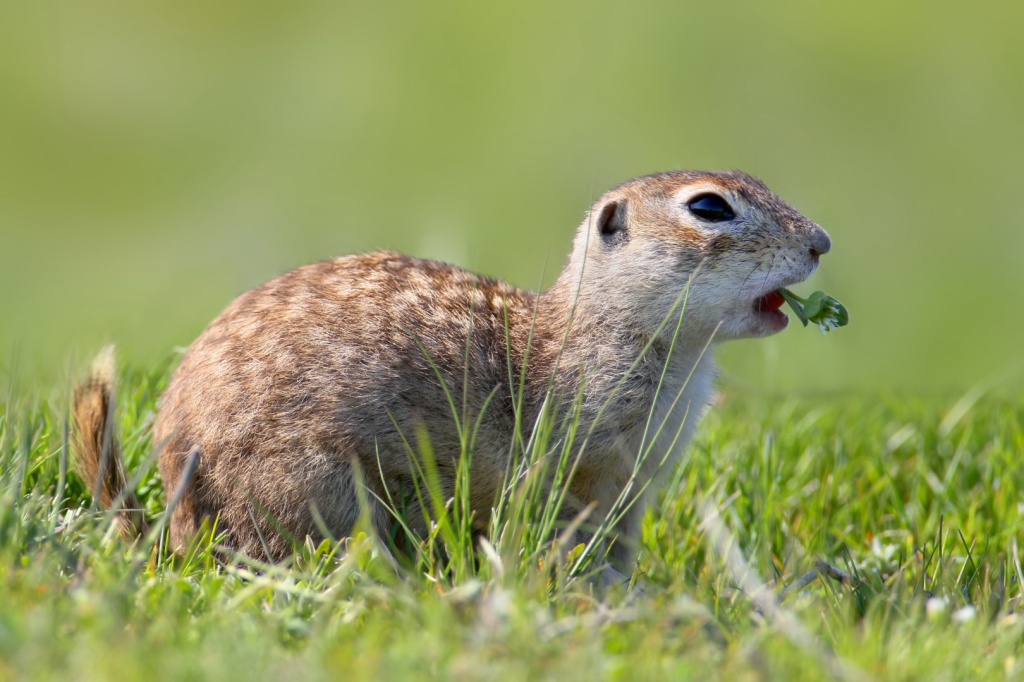This is the title of the initiative – one of the winners of the "Ecomonitoring" project's environmental initiatives contest, which is funded by the European Union and implemented by UNDP in partnership with the Ministry of Nature. Today, the team held its first press conference. Why does the initiative group decided to save rodents? Once these animals were considered as agricultural pests, and now all of them are listed in the Red Data Book of Belarus, and the Souslik as Vulnerable species is even listed in the IUCN Red Data Book, along with European Bison and Aquatic Warbler. The loss of these animals will reduce biodiversity and impoverish the fauna of Belarus, therefore, the project "Ecomonitoring" supports such initiatives.


Today there are no accurate data on the number of these rodents in Belarus. Several years ago, the search for the hamster came to nothing. Most recently, APB received the first report of the meeting with the hamster in the last 10 years.
In the 1980s it was known 89 colonies of sousliks. Several years ago, the last known colonies were accidentally destroyed. Now APB has already received the first information on the existing ones. As part of the project they will be tested, as well as APB will try to find other colonies.
Since 1996, nobody has seen flying squirrels in Belarus, until in 2017 the APB activists Denis Kitel and Andrew Abramchuk found a few occupied territories in the north of Belarus. But today nobody knowns the exact distribution of this species and the project initiative aims to find all the territories of these animals and give them protection status, as well as to learn and to remove potential threats.
Searching super rodents is planed in 19 districts of Belarus. Special work is planned with people neighboring the rare species. One of the main objectives of the "Ecomonitoring" project is civic involvement in environmental activism and environmental decision-making. The main factor of extinction for Hamster, Souslik and Flying Squirrel, as well as many other species – anthropogenic. Animals suffer from the plowing of habitat, habitat overgrowing due to as absence of grazing and other factors. Therefore, it is important to engage in such initiatives as many people as possible who will support protection measures and advocate for endangered species. Experts of the initiative will conduct meetings with teachers, students, foresters and local people to tell them about the biology of these species, the threats and how they can help save them.
And, finally, why a Hamster, Souslik and Flying Squirrel are not just rodents but super rodents?
This question is answered by the director of APB Alexandre Vintchevski:
"All these rodents have super skills! Flying Squirrel can fly at night across forest up to 50 meters. It has in the skeleton a special bone, which allows it to stretch a web wider. The Hamster has a cheek pouchs, which extend to the shoulders. The Hamster can carry food at a distance of up to one kilometer and accumulate in a hole up to 10 kg of seeds. And to kill sousliks in the Soviet era special plane was created, but our hero survived, though with huge losses. Today's world is such place that even superheroes sometimes need our help. Our organization is saving not only birds but works for the conservation of biodiversity. Through the project we will be able to purchase special equipment, which even our zoologists-scientists have not now, and we will pass part of the equipment to the Academy of Sciences."
In the framework of the initiative the specialists will prepare the special action plans for the conservation of the Hamster, Souslik and Flying Squirrel. Information on distribution and threats will be collected for the 18 months of the project. Protection passports and other necessary papers will be prepared for each located habitat of these species.






